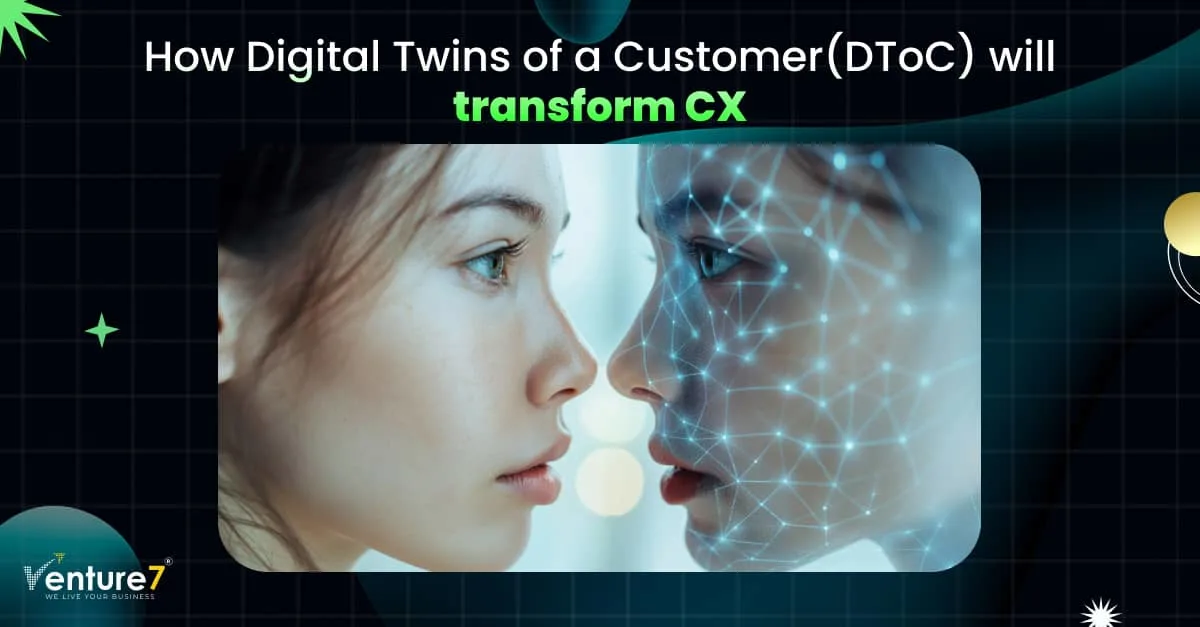A digital twin represents a physical thing that spans its life cycle, receives real-time data updates, and provides actionable insights using simulations, machine learning, and logic. The term “digital twin” was first used in the 1990s to describe digital representations in manufacturing and engineering design. However, as artificial intelligence (AI), machine learning (ML), and predictive analytics have advanced, digital twins have expanded to numerous other industries. The DToC concept is exceptionally comparable. Using real-time data inputs and event-stream processing, brands will generate a virtual client version synchronized with its physical counterpart. Lastly, a succession of data points from a system that continuously generates data is used. The CX CORE (customer, organization, relationship, experience) persona and total experience (TX) strategy are impacted by this positive feedback loop, claims Gartner.
With Digital Twins of Customers, actionable insights will be provided through simulations that go further than customer journey maps.
Consider a customer with a digital representation based on their interactions with a brand and its goods and services. This exact virtual depiction of the customer might be used to test new goods and services, websites, applications, and more. This is a focus of DToC, in part. The DToC offers context and forecasts of future behaviors through virtual and actual interactions, going beyond mere personas. It can gather sufficient data and is dynamically updated as new information is received. This allows it to imitate the consumer experience faithfully.
DToCs can facilitate new data-driven business models and help teams design ways to serve and capture customers.
DToC implementations are still in their infancy, with only 1–5% of the intended audience having access to them. Enterprises have been working hard to determine how to maximize their investment by utilizing various marketing analytics solutions. The use of technologies for simulating customers to enhance experiences has reached numerous significant milestones, according to Subha Tatavarti, CTO of Wipro. The ability to specify goals for customer experience transformation, including the capacity to locate and evaluate data assets, personas, procedures, and tools for creating and evaluating behavior models, has been the most remarkable. The discipline is also progressing thanks to new ModelOps methods, including monitoring and improving the models.
Over time, digital twin capabilities could be integrated into marketing automation and customer experience management systems.
By utilizing virtual representations of the customer and their interactions along with AI and ML, businesses will be in a much better position to obtain actionable insights into their customers’ subsequent actions and insights into their future purchasing habits, requirements, and ambitions. One significant development that makes DToC feasible is the accessibility of cloud-scale computing resources combined with cutting-edge AI and ML technology. All of these advancements work together to comprehend a consumer at scale and across all touchpoints fully. However, brands must be built on a single consumer profile with significant transactional and behavioral data to guarantee the twin model’s accuracy.
How Is a Digital Twin of a Customer Created?
The first step a brand should take when implementing DToC should be to concentrate on quality data, customer data, and auditing sources of consumer insights. By modeling models for specific customers based on CORE personas, DToC should be utilized to extend CORE personas. The DToC should be filled with data from every interaction during the customer journey, and the constantly changing models should be used to influence new encounters.
At this point, marketers must determine the value DToC delivers to the customer, not simply for the brand, considering transparency. The bottom line is that these capabilities deepen the human connection between brands and the customers they serve by empowering employees across the brand to see the customer and provide a truly personalized experience.
DToC allows brands to use a deep understanding of the customer to create value for the consumer and the employee. For short-term planning, brands should model the likely next steps for a given customer journey and develop a profile of customer behavior. While deciding the physical and computerized communications important to lay out the DToC, brands should have a discussion with their clients about information receptiveness.





